Discover the Hungry Horse Dam and Reservoir in Montana
Nestled in the picturesque Flathead Valley near Glacier National Park, the Hungry Horse Dam and Reservoir is one of Montana’s most impressive engineering feats and beloved recreation areas.
A Brief History
Construction of the Hungry Horse Dam began in 1948 and was completed in 1953 by the Bureau of Reclamation. Named after the nearby town of Hungry Horse, the dam was built primarily for flood control, hydroelectric power generation, and to aid irrigation.
Engineering Marvel
At 564 feet high and 2,115 feet long, Hungry Horse Dam stands as the 10th highest dam in the United States. Constructed from 3 million cubic yards of concrete, it creates a vast reservoir covering approximately 23,800 acres, with over 170 miles of shoreline.
Recreational Activities
Hungry Horse Reservoir is renowned for its clear waters and abundant recreational opportunities:
Boating & Fishing: Anglers frequently visit to catch trout, salmon, and whitefish. The reservoir’s calm waters are perfect for kayaking, canoeing, and motor boating.
Camping & Hiking: Numerous campsites surround the reservoir, offering both primitive and developed camping experiences. Popular trails include the Jewel Basin Hiking Area and Doris Creek Trail.
Wildlife Watching: The area is home to diverse wildlife, including deer, elk, bears, and bald eagles.
Interesting Facts
The Hungry Horse Dam provides power for approximately 270,000 homes.
It’s part of the Columbia River Basin, playing a critical role in managing water flow in the region.
Visitors can tour the dam and learn about its construction and significance at the visitor center.
Visiting the Hungry Horse Dam
The dam and reservoir are open year-round, with peak visitation during the warmer months from May through October. It’s accessible via a short drive from Kalispell, Columbia Falls, or Whitefish, making it an excellent day-trip destination.
Whether you’re interested in history, engineering, or outdoor adventures, the Hungry Horse Dam and Reservoir offer something for everyone.


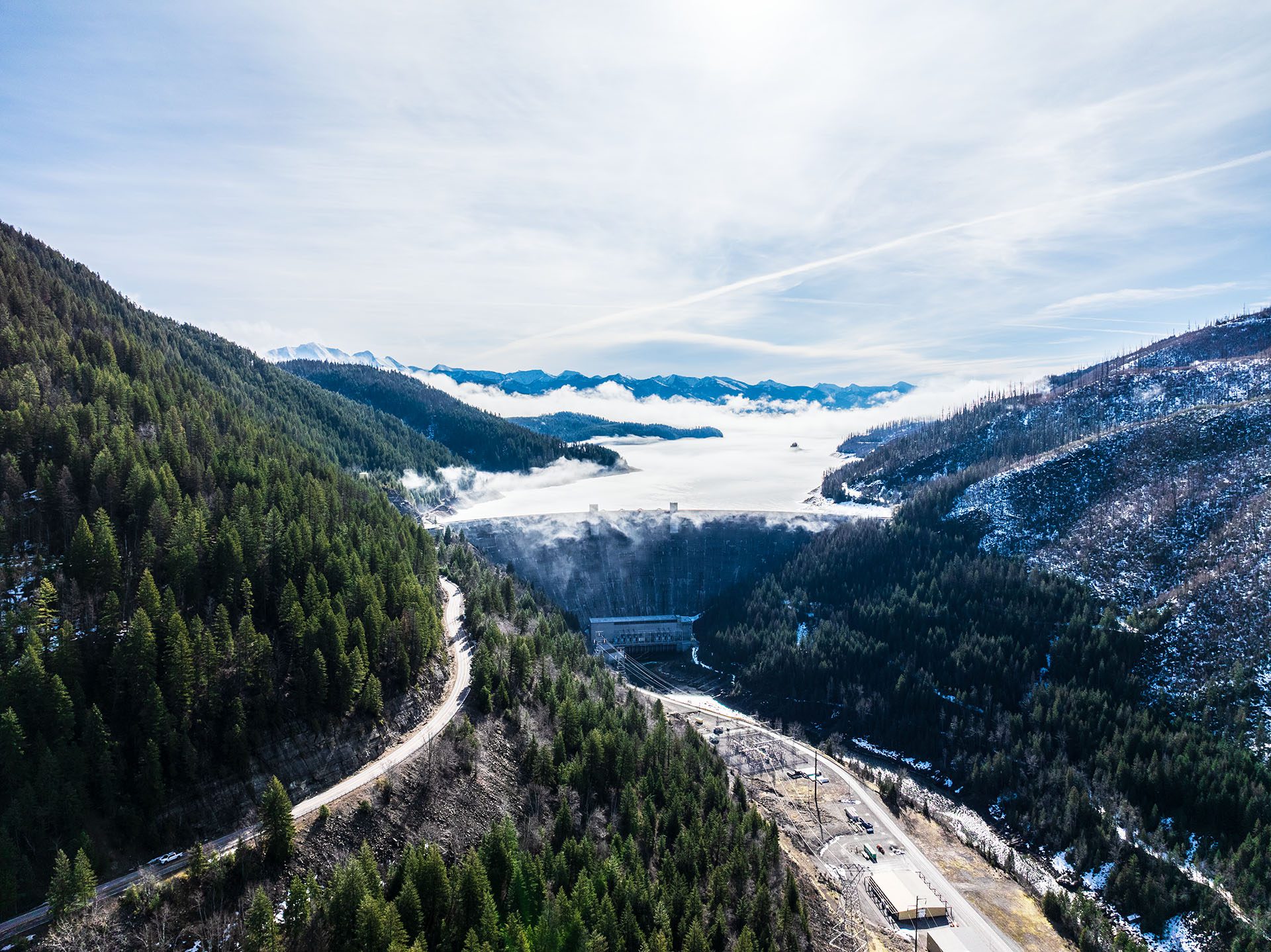
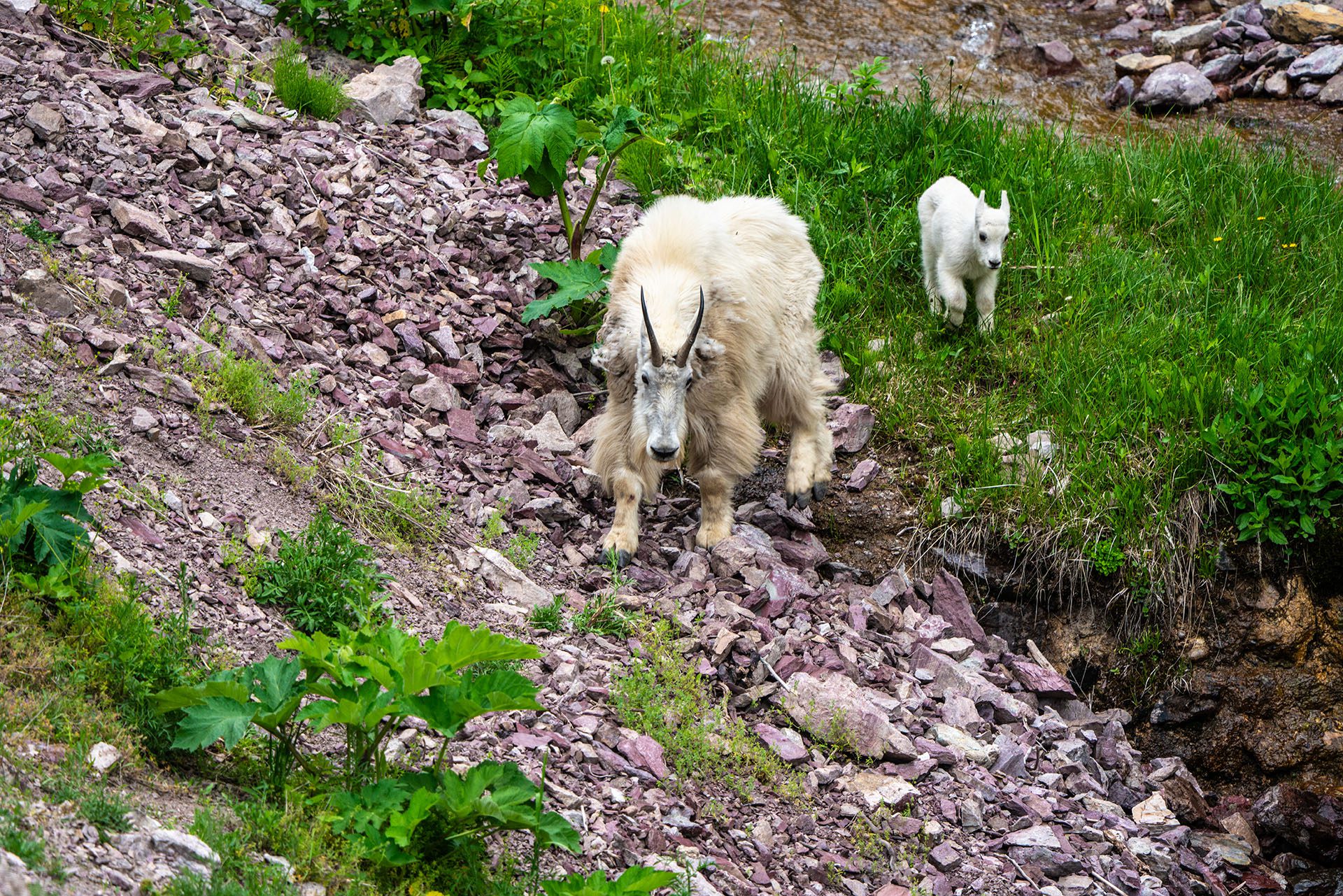
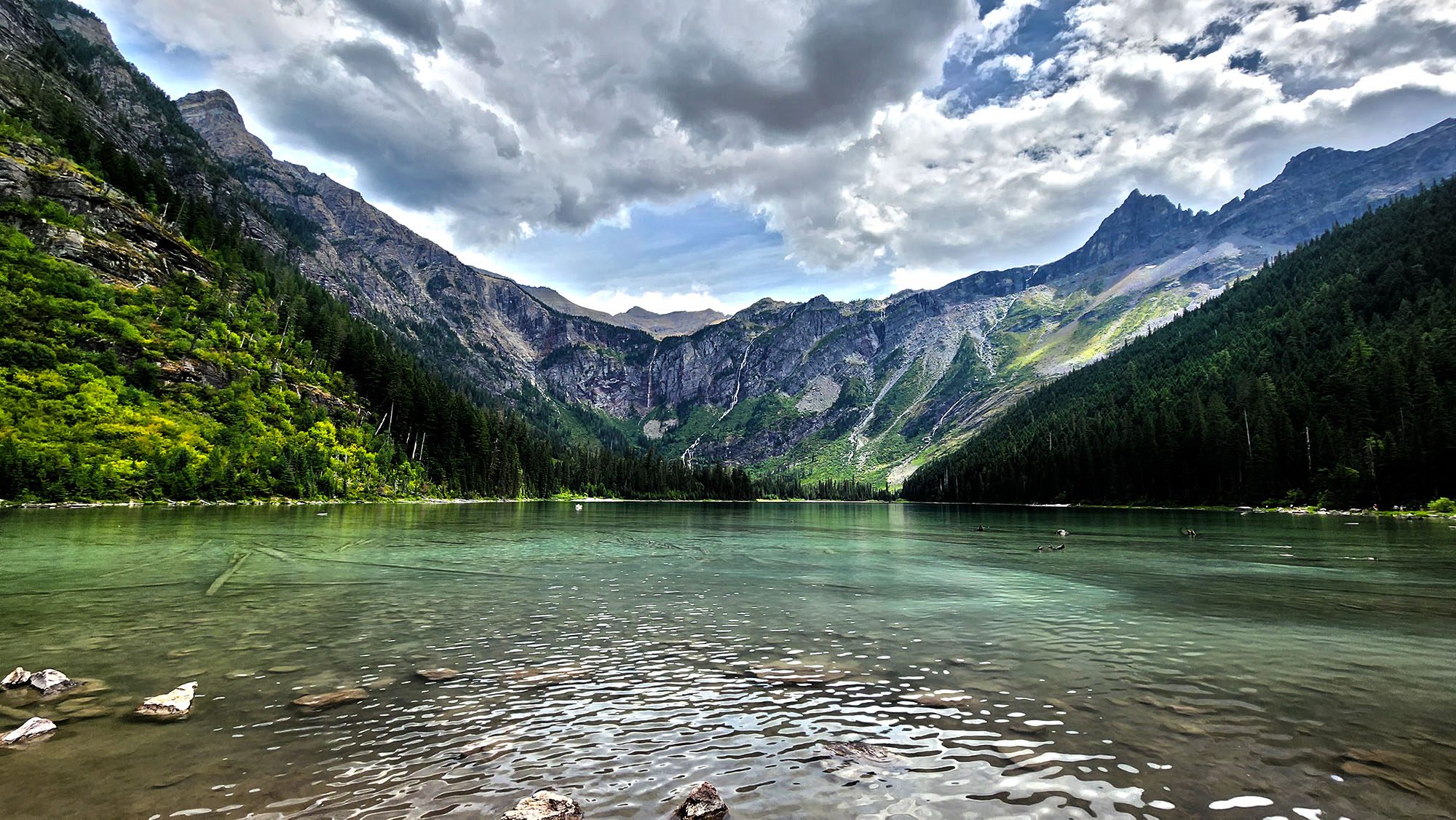







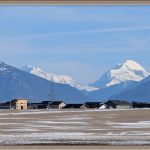


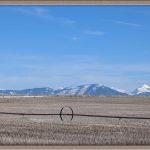


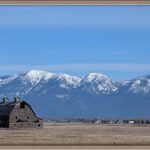
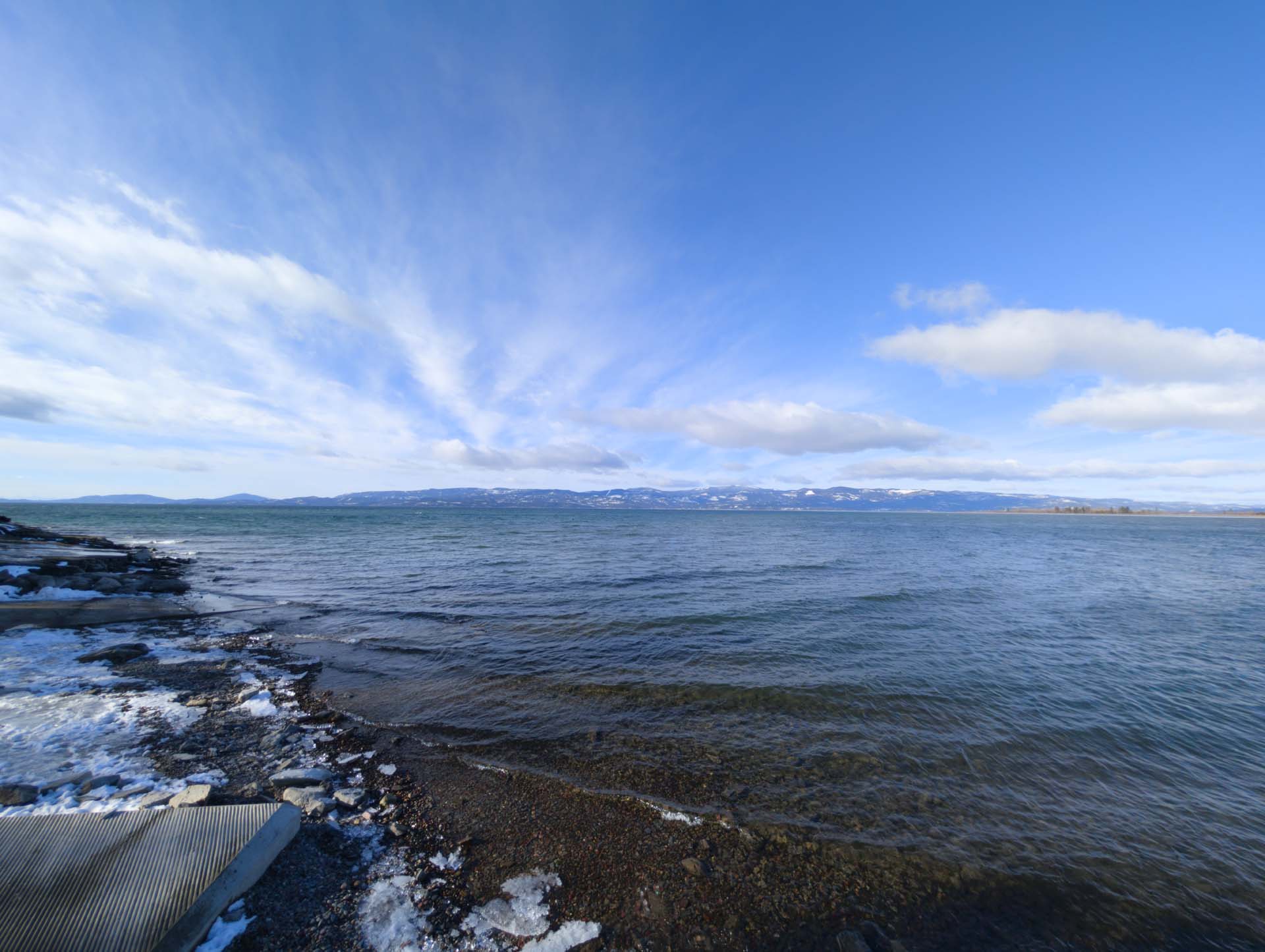
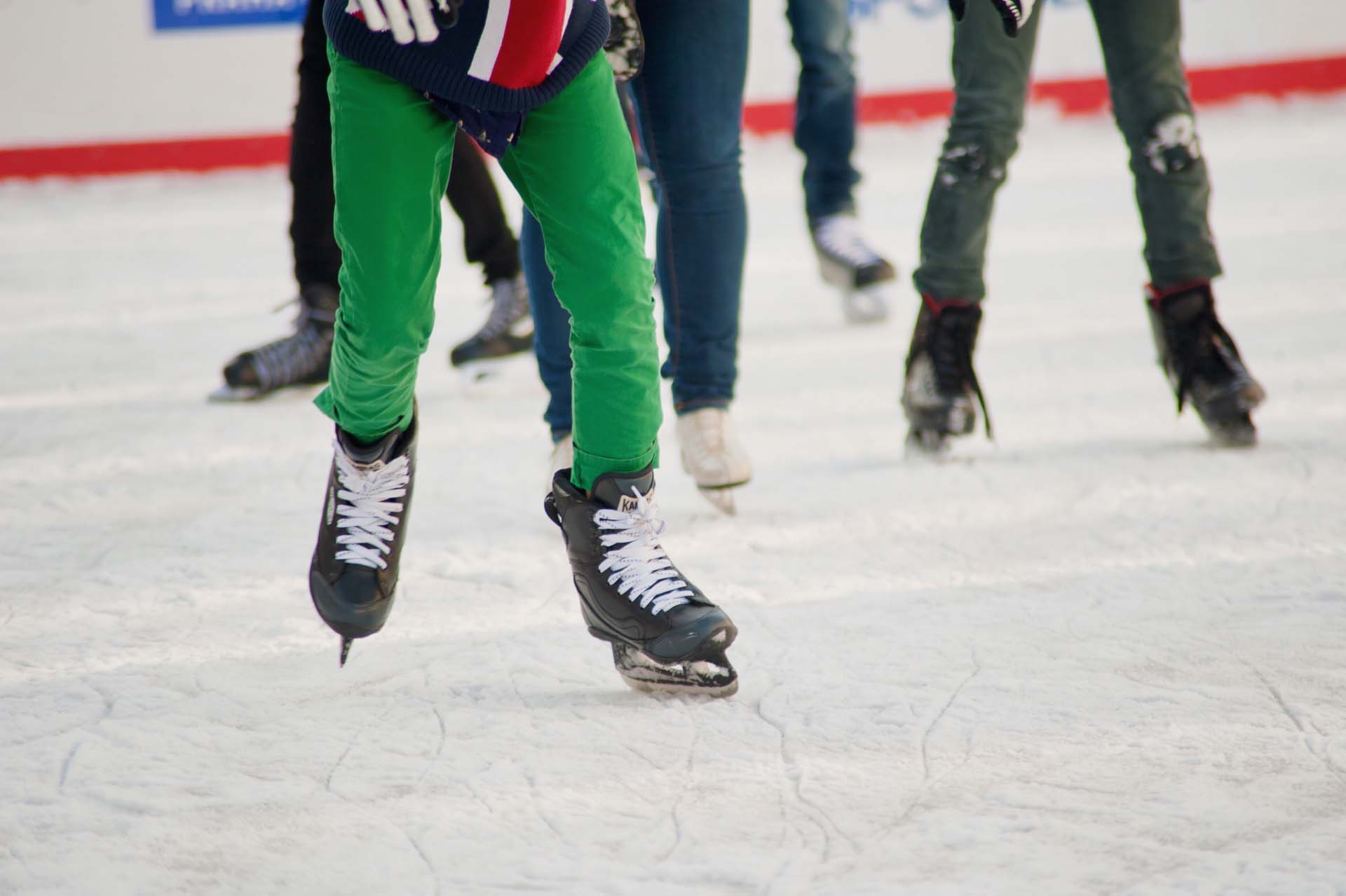
 Address: 705 2nd St E, Kalispell, MT 59901
Address: 705 2nd St E, Kalispell, MT 59901 Phone: (406) 755-4233
Phone: (406) 755-4233 Hours: (See above, but subject to change)
Hours: (See above, but subject to change)
 Dates & Times:
Dates & Times: Admission:
Admission: Cash & Cards Accepted (ATM on site, no checks).
Cash & Cards Accepted (ATM on site, no checks). Outdoor Gear & Exhibitors – Explore the latest in hunting, fishing, and outdoor equipment.
Outdoor Gear & Exhibitors – Explore the latest in hunting, fishing, and outdoor equipment. Fishing Pond – Stocked with fish donated by Creston National Fish Hatchery.
Fishing Pond – Stocked with fish donated by Creston National Fish Hatchery. Kid’s Archery Shoot – A fun introduction to the sport!
Kid’s Archery Shoot – A fun introduction to the sport! BB Gun Shoot – Safe and exciting for young sharpshooters.
BB Gun Shoot – Safe and exciting for young sharpshooters. Face Painting – Courtesy of Lady Bug Face Painting.
Face Painting – Courtesy of Lady Bug Face Painting. Email:
Email:  Mark your calendars and join us for an unforgettable weekend!
Mark your calendars and join us for an unforgettable weekend! Visit
Visit 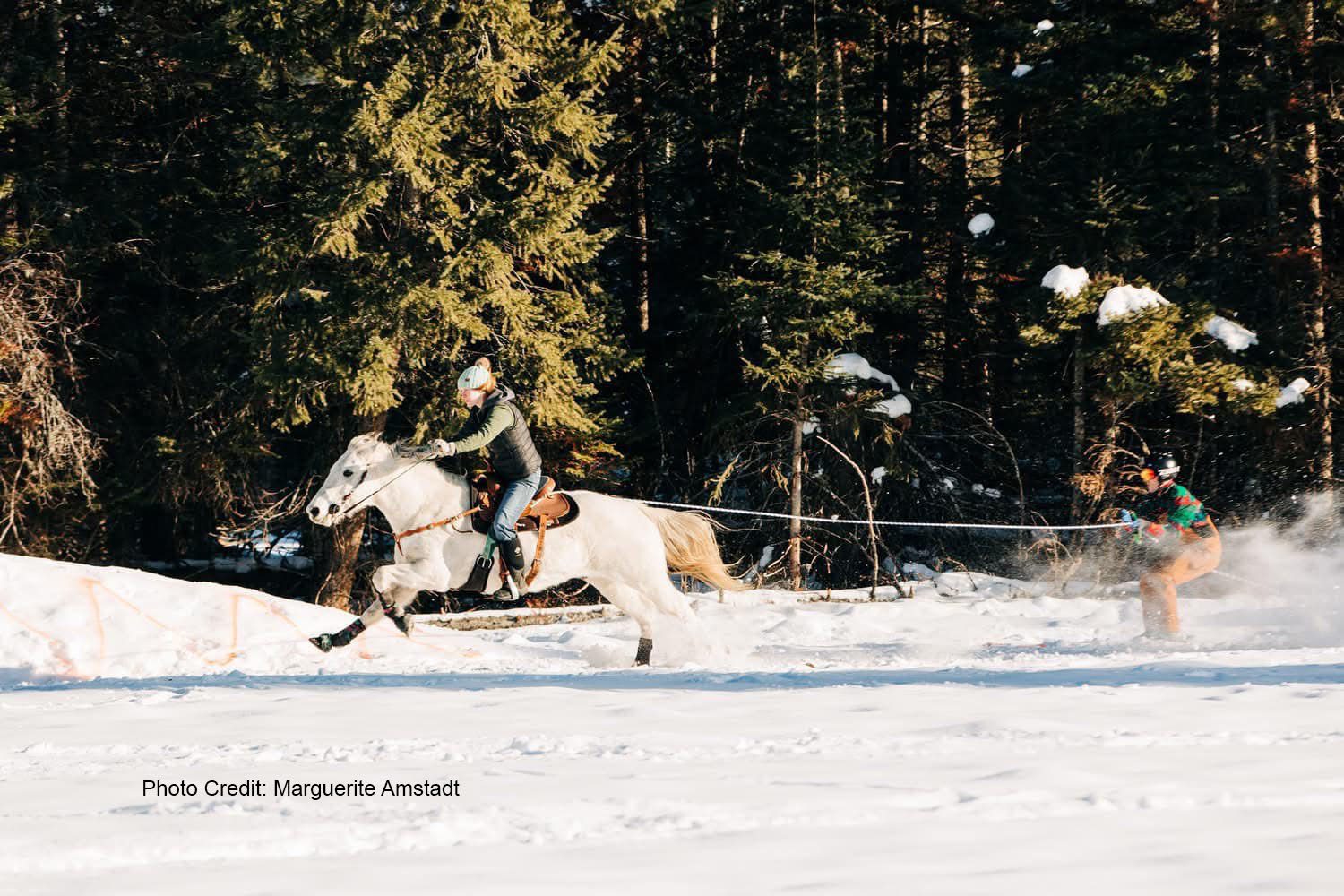
 No dogs allowed at the event.
No dogs allowed at the event. Competitor Check-in/Waivers: 6 PM – 9 PM at Sun Rift Beer Company (55 1st Ave W N, Kalispell)
Competitor Check-in/Waivers: 6 PM – 9 PM at Sun Rift Beer Company (55 1st Ave W N, Kalispell) Need a Place to Stay?
Need a Place to Stay? Piggyback BBQ
Piggyback BBQ The Sausage Queen
The Sausage Queen Zapo Tacos
Zapo Tacos FreyGuys Funnel Cakes
FreyGuys Funnel Cakes Castaway Coffee Wagon
Castaway Coffee Wagon KJ’s Chicken Chariot
KJ’s Chicken Chariot The Corndog House
The Corndog House Moody’s Food Truck
Moody’s Food Truck The Soup Spot
The Soup Spot Setup Crew (Feb 20-21): Set up tents, fire rings, signage, and snow fencing.
Setup Crew (Feb 20-21): Set up tents, fire rings, signage, and snow fencing. Penalty Flaggers: Be on the course and ensure fair play. Must be alert and ready for action!
Penalty Flaggers: Be on the course and ensure fair play. Must be alert and ready for action! Tear Down Crew (Feb 24): Help dismantle fencing, signage, and event structures.
Tear Down Crew (Feb 24): Help dismantle fencing, signage, and event structures. Interested? Email:
Interested? Email:  **Experience the rush. Feel the excitement. Be part of the action.**
**Experience the rush. Feel the excitement. Be part of the action.**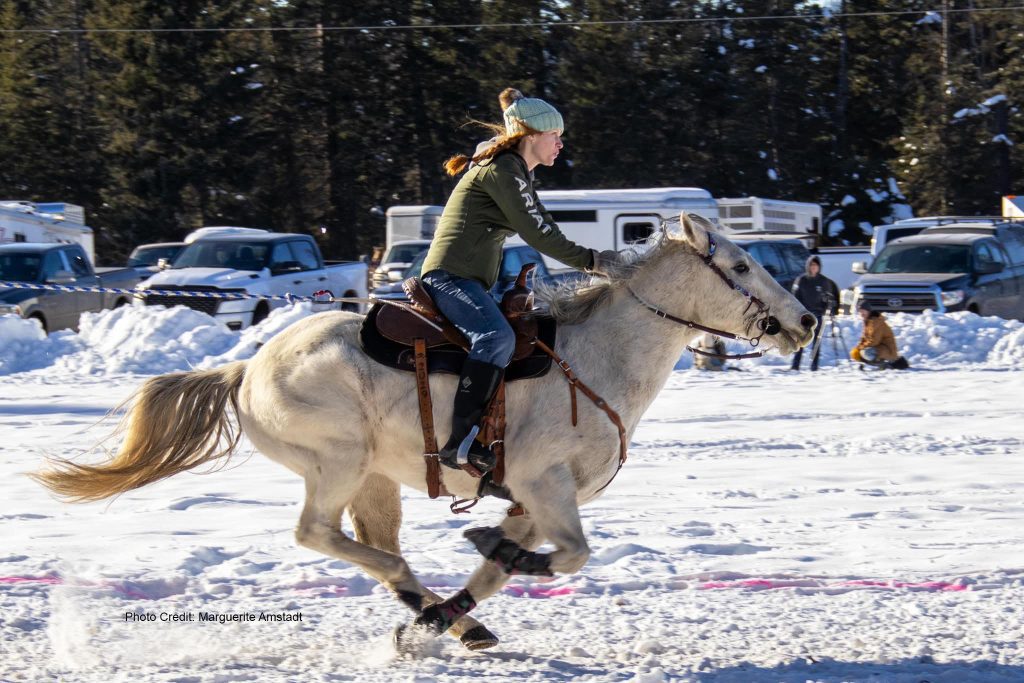
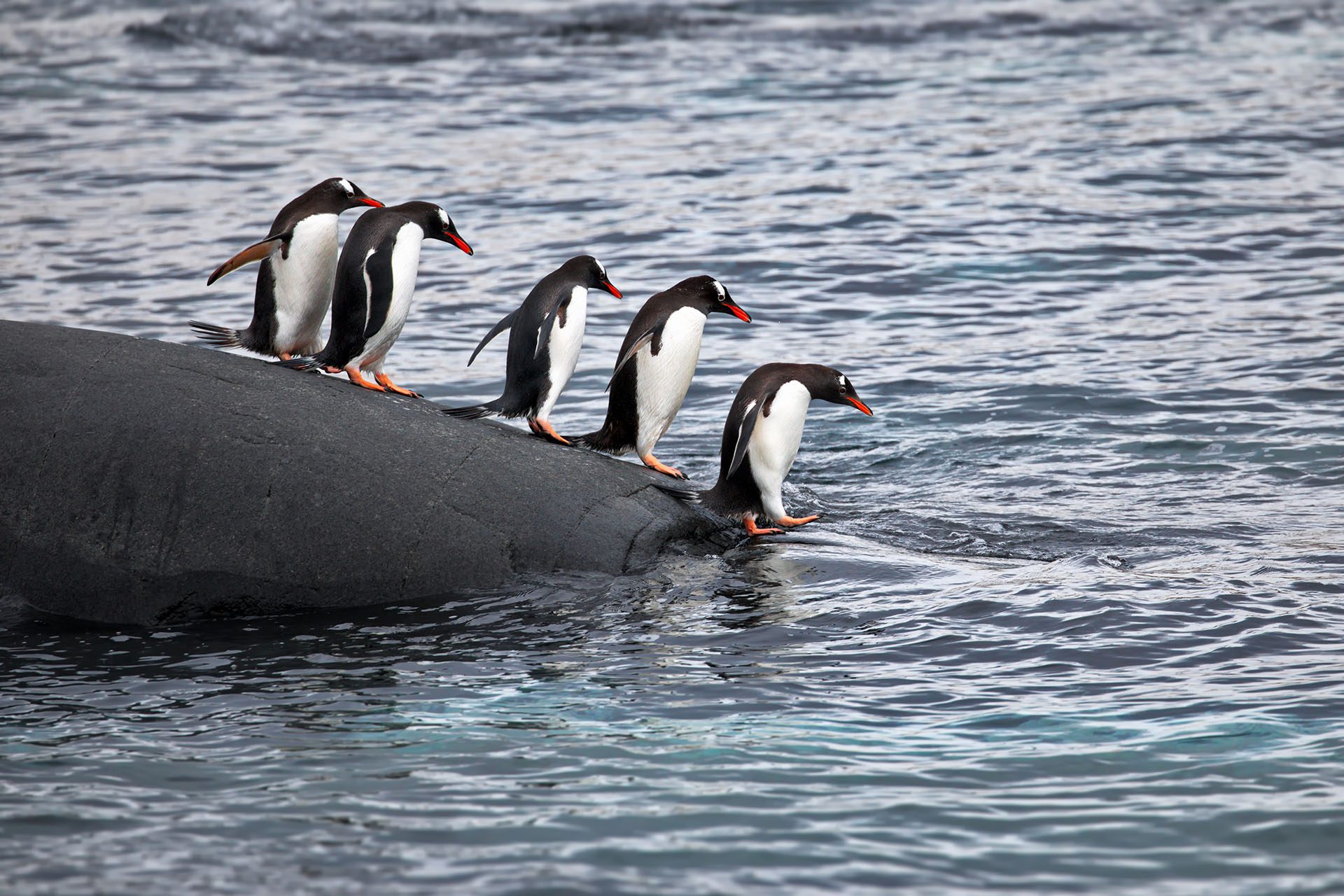
 Parking Info: No on-site parking is available, but event buses will shuttle participants from First Interstate Bank Whitefish every 15 minutes starting at 9:00 AM.
Parking Info: No on-site parking is available, but event buses will shuttle participants from First Interstate Bank Whitefish every 15 minutes starting at 9:00 AM. Donate or Register: Visit
Donate or Register: Visit 